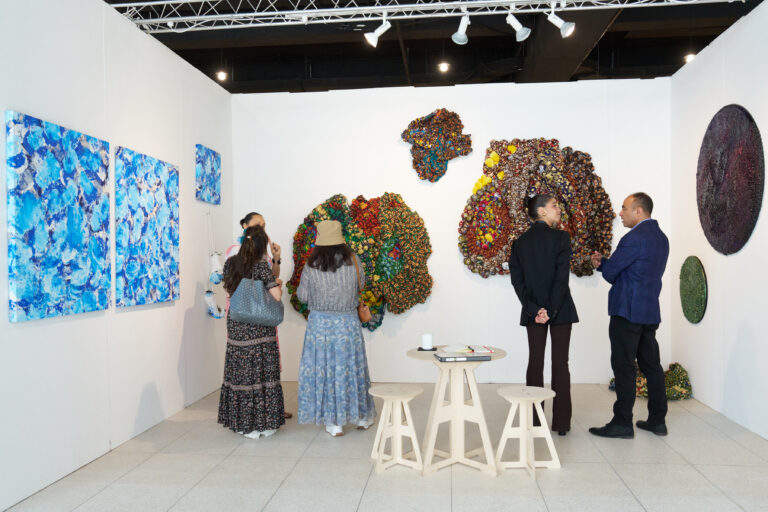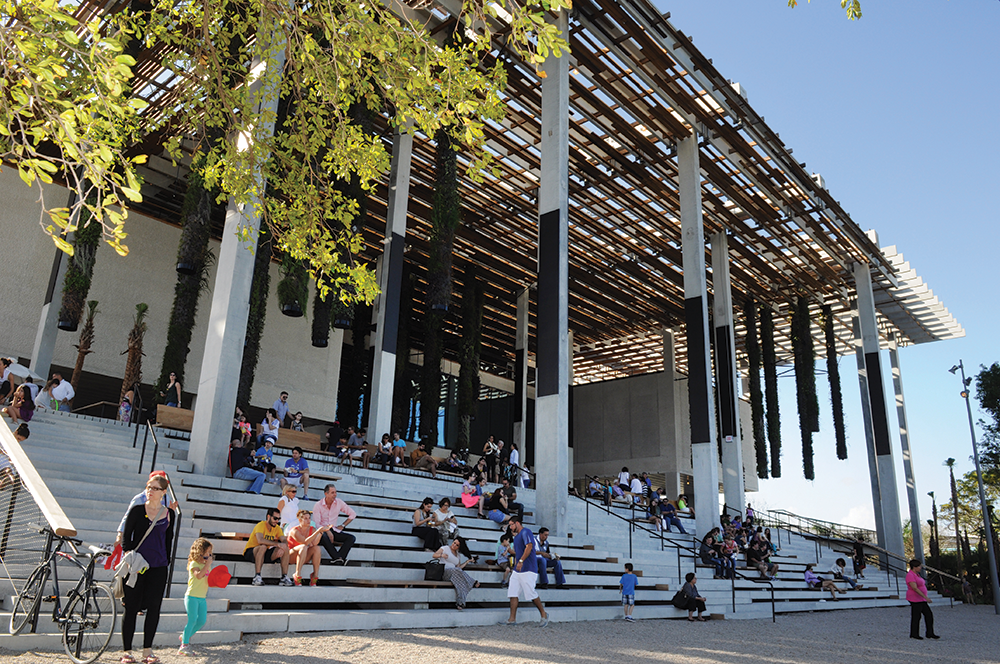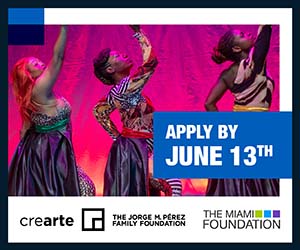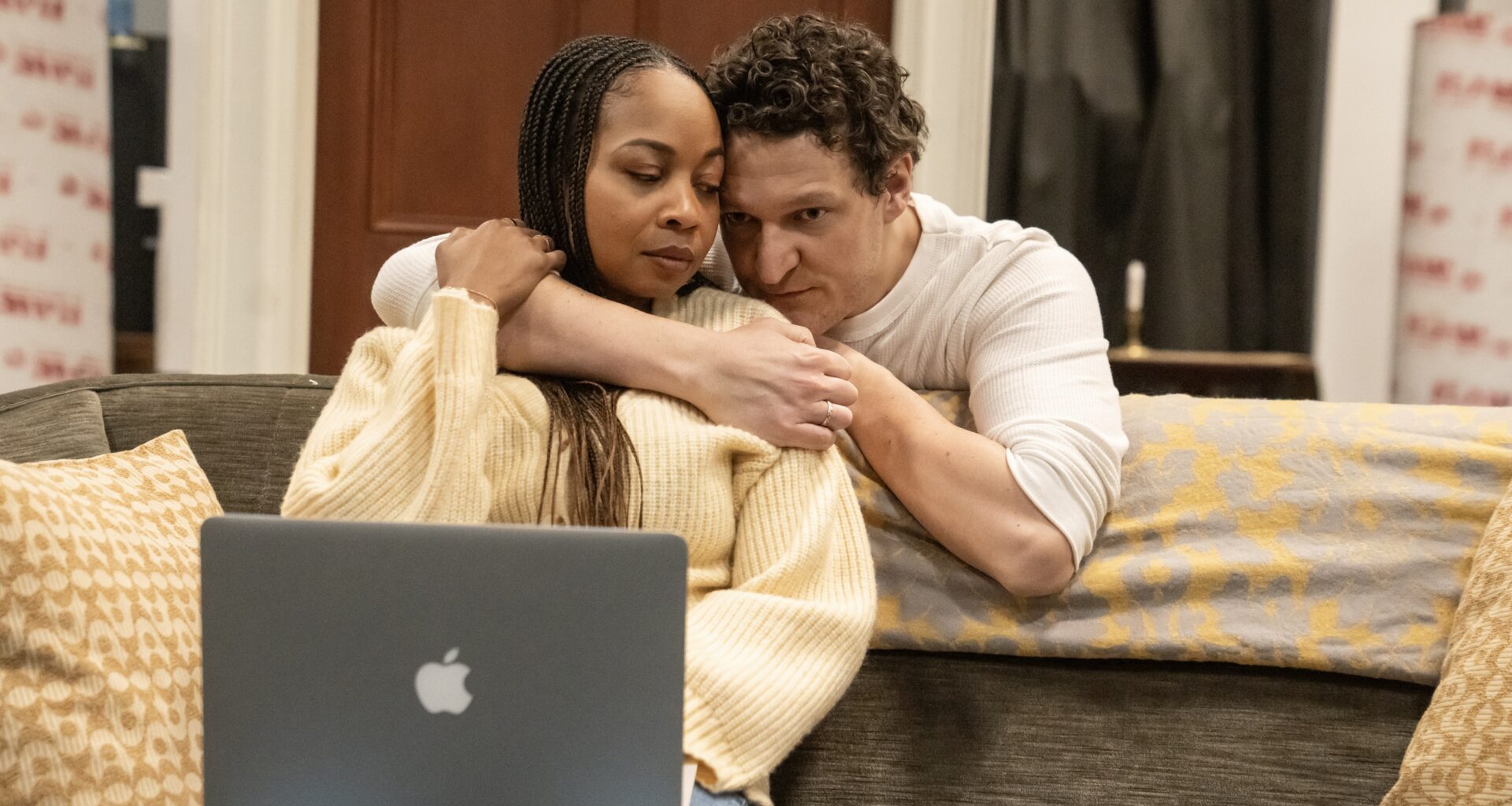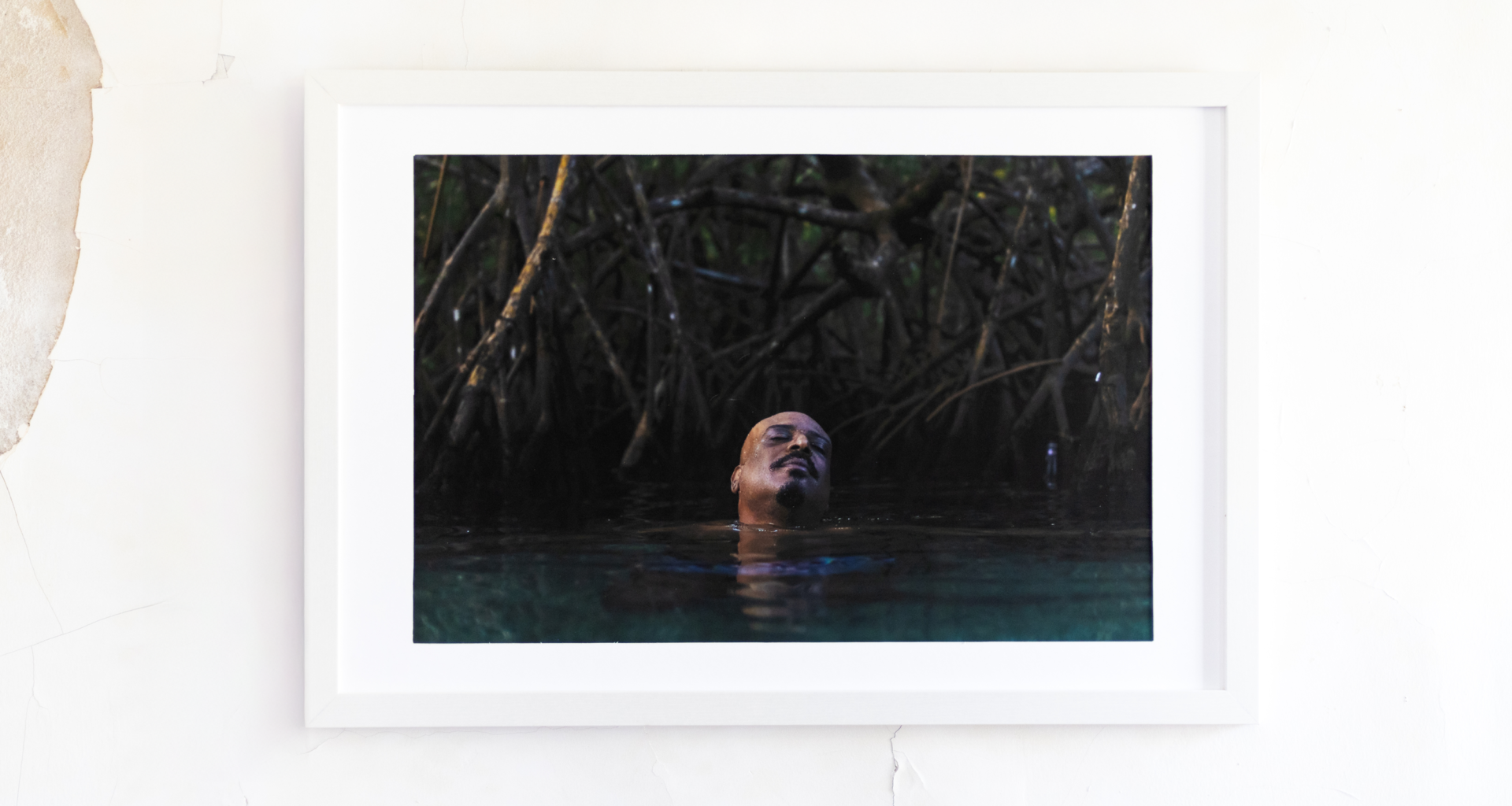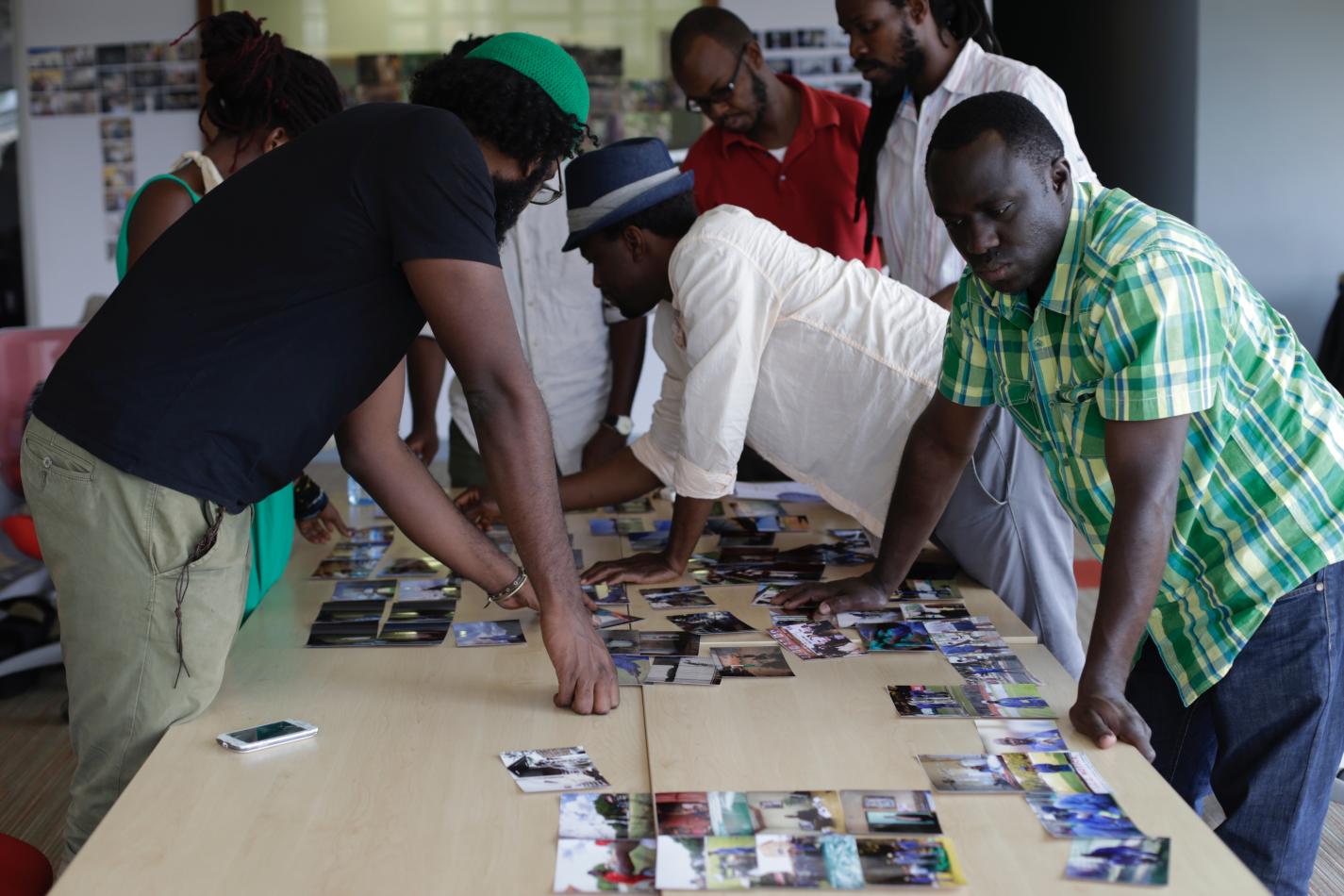Nine leading American art museums will receive grants totaling more than $2 million from E.A. Michelson Philanthropy as part of its Vitality Arts Project for Art Museums initiative, to launch a new series of arts programs aimed at museum audiences who are 55 years of age and older. Since 2013, the foundation has invested more than $15 million to fund creative aging programs at art and history museums, performing arts organizations, botanical gardens, and community centers. The foundation’s latest round of grants engaged a diverse group of nationally prominent art museums—Brooklyn Museum, Crystal Bridges Museum of American Art, Fine Arts Museums of San Francisco, Los Angeles County Museum of Art, Minneapolis Institute of Art, Nelson-Atkins Museum of Art, New Orleans Museum of Art, Pérez Art Museum Miami, and Utah Museum of Fine Arts—in order to expand the audience for its creative aging programming and actively address ageism in museums. Since early 2021, museum consultants Brian Kennedy and András Szántó, have been advising E.A. Michelson Philanthropy on expanding the foundation’s work to address ageism in American art museums.
Such programs recognize the social, emotional, and physical health benefits of engaging older adults in the process of artistic creation, whether through drawing and painting, ceramics and metalwork, or participating in music or theater. The foundation’s Vitality Arts program model is designed to inspire participants to learn, make, and share an art form in an environment that sparks creativity, fosters friendships, and builds community. At the same time, these programs provide direct support to the working artists who are hired to teach them, providing platforms for these artists to share their knowledge, passion, and techniques with new communities.
This new cohort of nine museums joins more than 50 of the foundation’s current and past Vitality Arts grantees, whose programs have engaged thousands of older adults across the country. Building on this work, the foundation also announced a plan to support up to 20 additional art museums. Museums will be selected through an open request for proposals beginning in fall 2022, with each grantee eligible for up to $250,000 in support for programs to begin in 2023.
“In just a few years, Americans older than 65 will outnumber those younger than 18 for the first time in the country’s history,” said Ellen Michelson, founder and president of E.A. Michelson Philanthropy. “Overall, across all demographic groups, people are living longer and staying mentally and physically healthy as they age. Yet the number of inspiring programs and activities for older adults is not expanding at the same rate. Investing in these creative aging programs is about recognizing this major demographic shift, and leveraging the power of art and art museums to do so. We have had tremendous success with these programs to date, engaging thousands of participants who consistently tell our grantees how grateful they are to be able to participate. Now, I am excited to expand our vision with an outstanding array of new museum partners.”
An Untapped Audience
Each year, museums of all types cumulatively spend more than $2 billion on educational programming, according to the American Alliance of Museums. But more than 75% of those funds go towards programs for youth aged 18 and under, while much of the remainder is allocated to important programs for adults with special needs. Research into aging consistently shows that opportunities for active participation and social engagement are important components to helping people stay healthy, both mentally and physically. Other research suggests that only 15% of adults over 65 visit a museum at least once a year, indicating that there is a significant group of people who could be engaged—and benefit from programs designed to engage them. Audience research conducted by and presented through a recent edition of Culture Track likewise affirmed the potential audience for programs for older adults and their desire to participate, find community, and share in the sense of accomplishment that comes from creating and completing one’s own artwork.
New, Creative Programs in Creative Aging
“In Miami and across the country, older Americans are a major audience waiting to be more effectively engaged by institutions like ours,” said Franklin Sirmans, Director of the Pérez Art Museum Miami (PAMM). “This growing population is diverse and multilingual, and these older adults bring with them a wide array of life experiences and interests. These Vitality Arts grants are important both because they will help art museums like PAMM serve this population in more meaningful ways, with programs taught by working artists, and because they are inspiring our teams to see and engage with older adults as part of our mission and vision of the museum as a place that celebrates humanity in all forms.”
The nine art museums participating in this new round of grants bring together creative approaches that respond to their individual communities. Among the different programs being planned are:
-
At the Brooklyn Museum, partnerships with local senior centers serving Latinx and Asian and Asian American adults will focus on programming that connects to new exhibitions or recently re-installed galleries. Participants will engage in discussion of a work of art, make connections between the artwork’s themes and their personal lives, and create their own works of art that explore the workshop’s themes. Potential thematic explorations include identity, the role of art in reflecting on one’s life and autobiography, and the changing landscape of our neighborhoods and communities.
-
The Fine Arts Museums of San Francisco’s Art Apprentice: Making Art Part of Life program will explore the layered iconographic elements within works created by African American artists within its collections—and help participants create multi-media compositions using both collage and painting to represent personal perspectives connecting to history and identity. Another series may explore contemporary art through poetry: engaging classes in developing an awareness for the personal and the global themes that inspire contemporary artists—and then working with them to engage in multiple forms of poetry writing, such as sensory poems.
-
Programs at the New Orleans Museum of Art will include workshops in photography, ceramics, and printmaking. One, which will coincide with the exhibition Called to the Camera: Black American Studio Photographers, will explore the artistic virtuosity, social significance, and political impact of African American photographers working in commercial portrait studios during photography’s first century. Another will use the exhibition Katherine Choy: Radical Potter in 1950s New Orleans as a launching point for participants to explore the progression of ceramics over the past 200 years. In each series of classes, participants will create their own works of art, applying the techniques and tools they have explored.
-
In addition to its workshops series—which will embrace dance, movement, and creative writing alongside the visual arts—the Utah Museum of Fine Arts will allocate some of its grant funding to professional development and education initiatives on ageism for the museum’s staff members and volunteers. By collaborating with other partners on the campus at the University of Utah, along with selected state-wide partners, the museum aims both to offer new programs and ensure it is better prepared to develop and implement programs for older adults in the future. Each of the nine grantees have incorporated similar goals for staff training and program evaluation to ensure that the Vitality Arts support is effectively targeted and has a long-term impact.
Anne Manning, Deputy Director for Learning and Engagement at the Nelson-Atkins Museum of Art, added “As an educator, I think about how to create opportunities for visitors to connect with and understand art in ways that support their personal learning agendas. This grant through the Vitality Arts initiative dovetails with our own recent community research, which found that eighty percent of the museum’s current visitors who are over 55 are there because they enjoy expanding their world view and growing as a person, both of which can be supported through experiences with art and art-making. With this funding, we can create new programs that will continue to spark their curiosity and engage them in learning and creating something new—while also expanding our own thinking about audience diversity in important ways.”
As part of the initiative, museum staff will receive training and technical assistance in program design and implementation from E.A. Michelson’s long term partner, Lifetime Arts. Founded in 2008, Lifetime Arts is the national leader in the development and dissemination of creative aging capacity building services and best practices. They work to advance the field with public libraries, museums, senior service organizations, community arts organizations and teaching artists, as well as the systems and institutions that support them.
